Spain has a rich history of maritime exploration and postal services, particularly during the Age of Exploration when Spanish ships sailed to the Americas. The maritime postal service played a crucial role in communication between Spain and its colonies in the New World. Here is an overview of Spain’s maritime postal services to America, focusing on the ships and their significance:
Historical Context
- Age of Exploration:
- During the 15th and 16th centuries, Spain was a leading maritime power, with explorers like Christopher Columbus, Hernán Cortés, and Francisco Pizarro establishing routes and colonies in the Americas.
- Colonial Administration:
- Communication between Spain and its colonies was vital for administration, trade, and governance. Maritime postal services ensured the flow of information, orders, and goods.
Ships and Maritime Postal Services
- Galleons:
- Design and Purpose: Spanish galleons were large, multi-decked sailing ships used primarily for long voyages. They were heavily armed and designed to carry valuable cargo, including silver and gold from the Americas.
- Post and Cargo: Galleons carried official correspondence, administrative orders, and private letters, as well as goods and treasures from the New World.
- Flotas (Fleets):
- Organized Fleets: The Spanish crown organized fleets, known as “flotas,” which sailed between Spain and the Americas. These fleets were heavily guarded to protect against piracy and ensure the safe delivery of mail and cargo.
- Routes: The main route was from Seville or Cádiz in Spain to Veracruz in Mexico and Havana in Cuba, with further distribution to other parts of the Spanish Americas.
- Navíos de Aviso (Dispatch Boats):
- Fast Communication: Smaller, faster ships known as “navíos de aviso” were used for urgent communications. They carried important messages and dispatches between the colonies and Spain.
Postal System
- Casa de Contratación:
- Establishment: The Casa de Contratación (House of Trade) was established in Seville in 1503 to regulate trade and postal services with the Americas.
- Functions: It oversaw the dispatch of ships, collected postal revenue, and ensured the secure and efficient delivery of mail.
- Correo Mayor (Chief Postal Officer):
- Role: The position of Correo Mayor was responsible for overseeing the postal service within the colonies and between the colonies and Spain.
- Network: A network of postal routes and relay stations was established throughout the Spanish Americas to facilitate the distribution of mail.
Significance
- Communication and Control:
- The maritime postal service was essential for maintaining communication and control over the vast Spanish Empire. It enabled the Spanish crown to govern its colonies, enforce policies, and collect taxes.
- Trade and Economy:
- The ships carried not only mail but also valuable goods, contributing to the economic prosperity of Spain. The silver and gold transported on these ships were critical to the Spanish economy.
- Cultural Exchange:
- The maritime postal service facilitated cultural exchange, spreading ideas, news, and information between the Old World and the New World.
Legacy
The maritime postal service established by Spain during its colonial era laid the foundations for modern postal services in Latin America. The ships and routes used for postal delivery played a crucial role in the history of communication and commerce, leaving a lasting impact on the development of postal systems in the region.

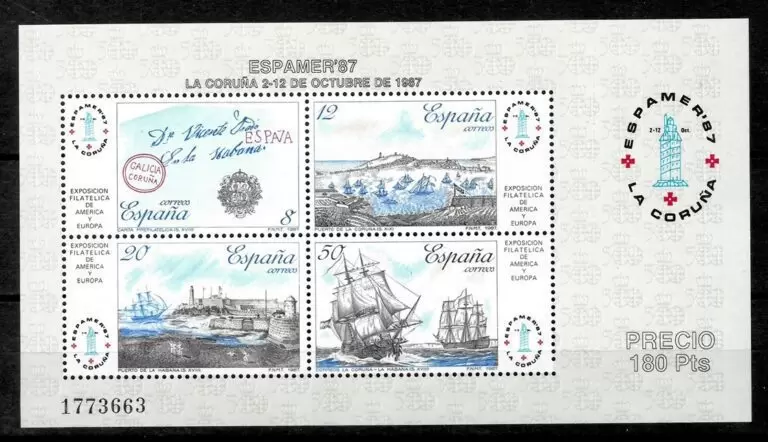
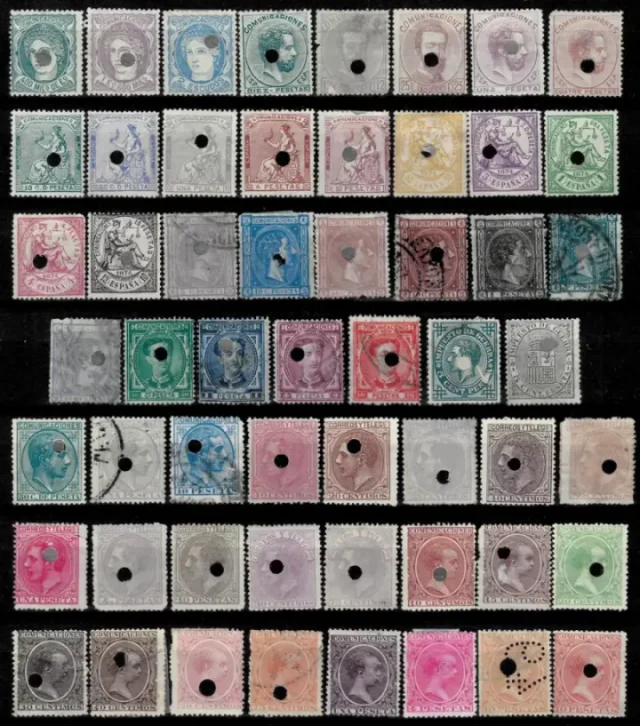
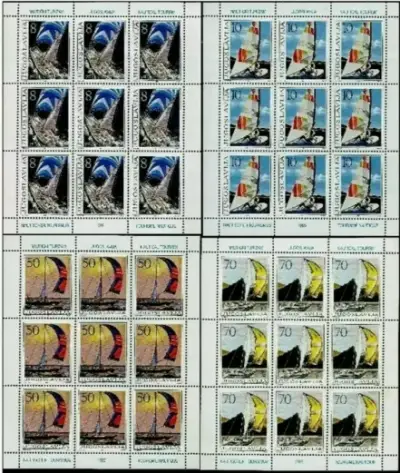
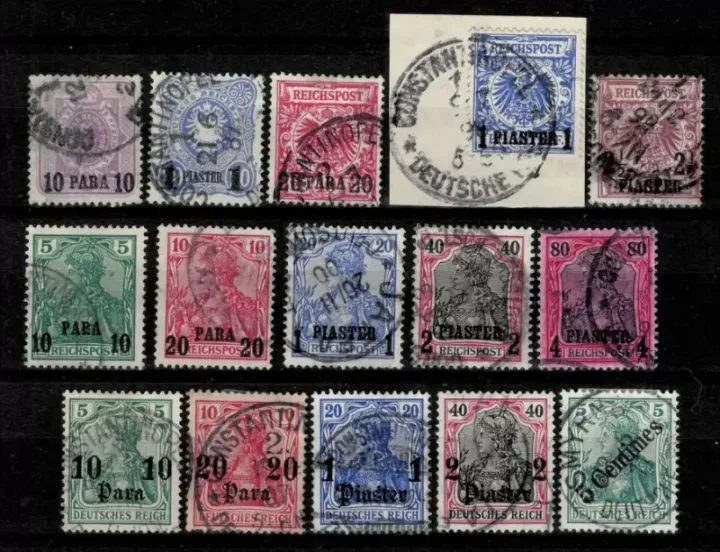

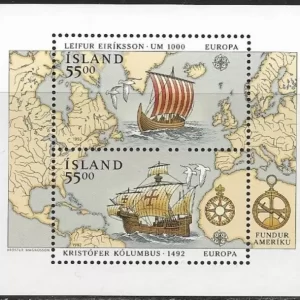
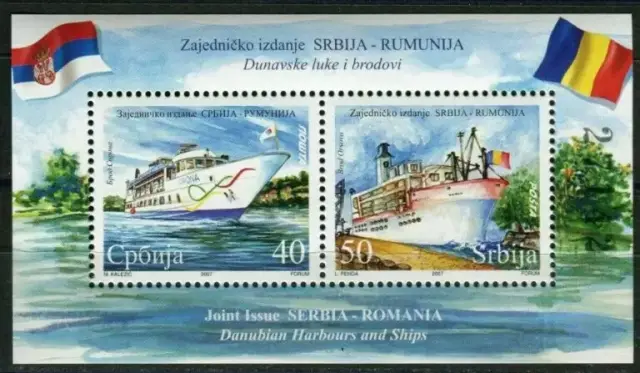

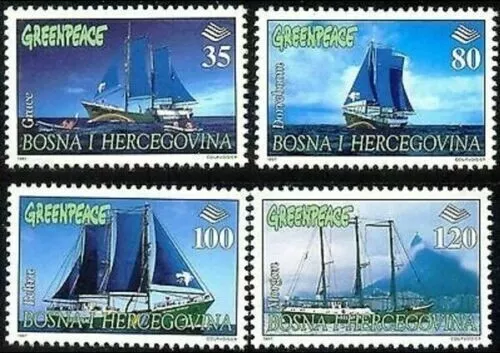
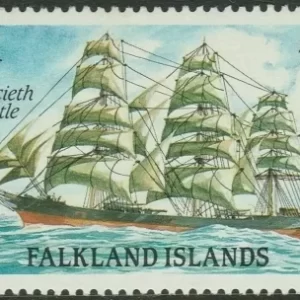
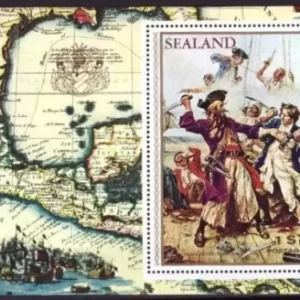
Reviews
There are no reviews yet.